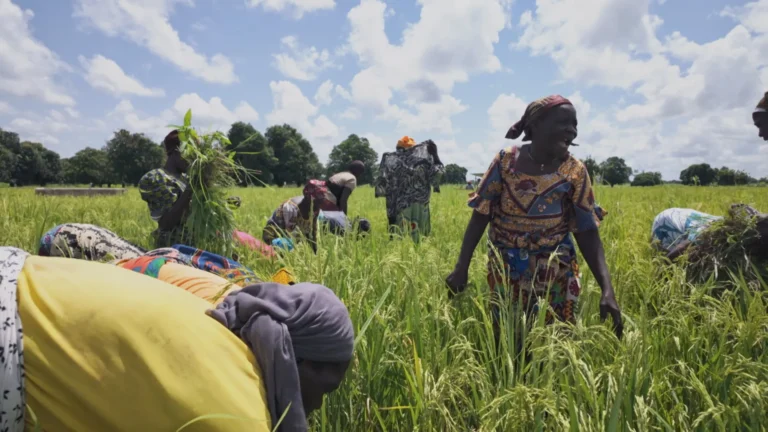
More than 5,000 people gathered in Baham on 17 August to celebrate the 312th edition of the Gouh Kaing Festival, marking the end of the reign of His Majesty Pokam Max II.
The event transformed the Baham chiefdom in Cameroon’s Western Region into a vibrant cultural hub, blending centuries-old traditions with modern festivities.
The Minister of Arts and Culture, accompanied by a ministerial delegation, attended the ceremony, underscoring its national importance. “We have been celebrating Gouh Kaing for exactly nine weeks.
It is a time when the Baham people come together to honour their history,” said a notable from the chiefdom, his eyes reflecting pride.
Dzedze Market Square became the heart of the celebrations, turning into an open-air amphitheatre filled with traditional dances, economic activities and the symbolic extinguishing of lanterns to signify the conclusion of Pokam Max II’s reign. Raffia, the sacred plant central to Baham heritage, featured prominently in the festivities and exchanges.
The biennial event has drawn the attention of UNESCO due to its profound cultural significance. Young initiates, aged between five and fifteen, participated in the rituals, embodying the intergenerational transmission that has kept the tradition alive for centuries. “One Baham, one raffia” became the resonating slogan of the festival, with each participant receiving the symbolic plant to carry a piece of their culture beyond the region’s borders.
Samuel Ernest Ebele, Prefect of the Hauts Plateaux, highlighted the economic benefits of the celebration. Local artisans, merchants and hoteliers experienced increased activity, providing a welcome boost to the regional economy.
Organisers are hopeful that the Gouh Kaing Festival will one day be inscribed on the UNESCO World Heritage List, a recognition that would cement its status as a global cultural treasure while continuing to unite the Baham people through their enduring heritage.



